Palworld’s Meteoric Rise and Resilient Future: From Chaos to Calm
When Palworld first hit the gaming world in January 2024, it was nothing short of a sensation. Combining elements of survival games, Pokémon-style creature collecting, and, surprisingly, firearms, it turned a lot of heads—and for good reason. The game didn’t just make a splash; it made a tidal wave. At its peak, Palworld boasted a jaw-dropping 2 million concurrent players, solidifying its status as one of the most viral multiplayer hits in recent years.
Fast forward to today, and while that initial wave of excitement has calmed, the game has settled into a comfortable niche. According to SteamDB stats, Palworld consistently attracts between 20,000 and 50,000 active players per month. The December 2024 Feybreak update brought a notable spike, with player counts briefly reaching 200,000. Though the numbers are smaller now, they’re evidence of a dedicated community sticking with the game long after the initial hype.
The Frenzy of Launch Week
The story of Palworld’s release isn’t just one of success—it’s one of chaos. When the game launched in January 2024, the studio behind it, Pocketpair, found themselves utterly overwhelmed by the tidal wave of players logging in.
John “Bucky” Buckley, the game’s community manager, shared just how intense things got in an interview with Polygon. Buckley recalls how the first signs of trouble emerged when the player count hit 100,000. “A couple of the developers had to go back to their desks because things started to get a bit shaky,” he admitted. And that was just the beginning.
By the time Palworld crossed the one-million-player mark, it was clear the studio was in over its head. “Throughout the night it kept going,” Buckley said. “And there was a point, definitely after midnight (because a few of us had gone home who lived far away) that the servers broke. That was around a million.”
The numbers tell the story. On January 19, SteamDB charts showed the game steadily climbing to 370,000 concurrent players. By the weekend, that number had skyrocketed to an astonishing 1.5 million. Unsurprisingly, the game’s multiplayer servers started to collapse under the pressure.
“All of our multiplayer capabilities started getting weird, going down and crashing. It was a lot of intense lag, but Epic was amazing. They super quickly allocated more resources to us and they helped out,” Buckley said, expressing gratitude for the support the team received.
One Man vs. The Servers
One of the more surprising details Buckley shared was just how small the team handling this crisis was. At one point, there was only one person left defending the servers against the surge of new players. “He was trying his best,” Buckley remarked, summing up the sheer pressure the team was under.
Looking back, Buckley admits that the team didn’t handle things perfectly. “We definitely panicked more than we should have. Didn’t need to pull as many all-nighters as we did. And I wish I’d reached out to other people for advice sooner,” he reflected.
And then there was the emotional side of things. Along with the technical strain came a flood of feedback from players—some of it constructive, but much of it overwhelming. “You get caught up in it, especially when there’s a wind of negative sentiment from players, even if it’s 100% valid and they’re right. It’s very overwhelming when the comments are flooding in,” Buckley shared.
A Personal Note: My Own Palworld Experience
Having recently jumped back into Palworld with a group of friends, I can say that while it’s fun in small bursts, it still has a long way to go. The developers have clearly been working hard—they’ve added new islands, an oil rig, and some handy automation features like quartz, coal, sulfur, and ore farms—but the game still feels like it’s borrowing from others without fully delivering on what makes those games special.
For instance, Palworld seems to want to replicate elements from titles like Rust, Factorio, Pokémon, and Minecraft, but the result feels watered down. The building system, in particular, left me disappointed—it lacks the depth or flexibility of other survival games. That said, I did enjoy the new items for automating base tasks, which gave me a sense of progression and creativity.
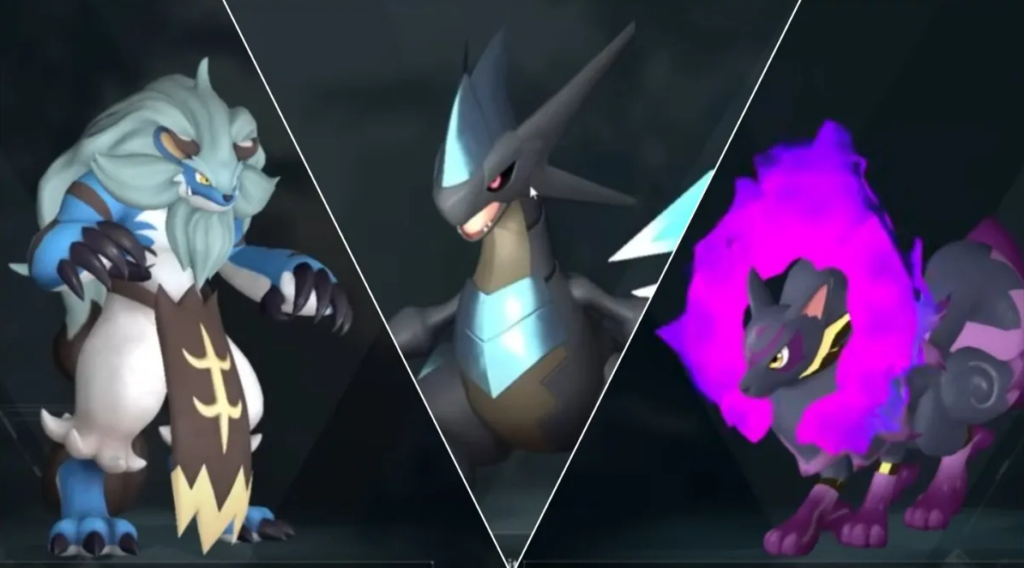
Unfortunately, the grind for XP wore me down pretty quickly. The gameplay loop can be fun for a couple of days, but after that, the repetition starts to set in. While there’s definitely potential here, Palworld just doesn’t quite scratch the itch that those other games do.
From Viral Hit to Steady Success
Despite the challenges of its debut, Palworld has proven it’s not just a one-hit wonder. The game has steadily grown into its own niche, with regular updates like Feybreak helping to keep the community engaged. And while some players—myself included—still feel that it’s missing a bit of polish, there’s no denying that Pocketpair is committed to refining the experience.
However, the studio faces additional hurdles beyond gameplay. Pocketpair has caught the attention of none other than Nintendo, a company notorious for its aggressive legal tactics. While the details of this situation remain unclear, it’s a reminder of how tough it can be for indie developers to navigate a competitive and litigious industry.
Looking Ahead: Can Palworld Reach Its Full Potential?
Whether you’re a longtime fan or someone who’s just curious about Palworld’s unique blend of genres, there’s no denying that the game has been on an incredible journey. From overwhelming its servers at launch to finding a steady, loyal player base, the team at Pocketpair has shown both resilience and determination. There’s still room for improvement, but with continued updates and a willingness to address feedback, Palworld could evolve into something truly special. For now, it’s a quirky, fun distraction—one that’s worth revisiting from time to time, even if it doesn’t quite hold your attention for the long haul.
Share this content:
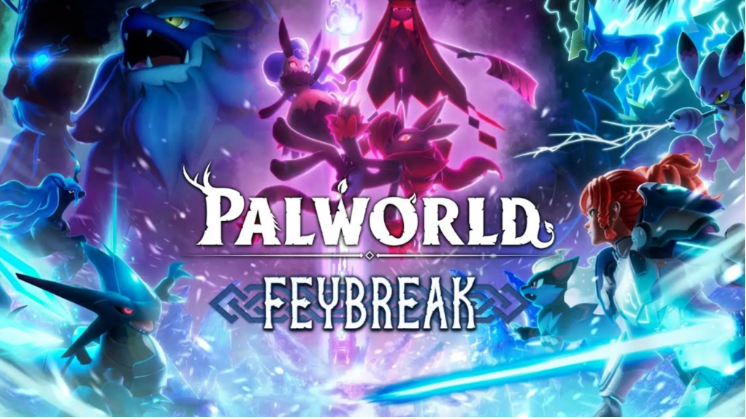

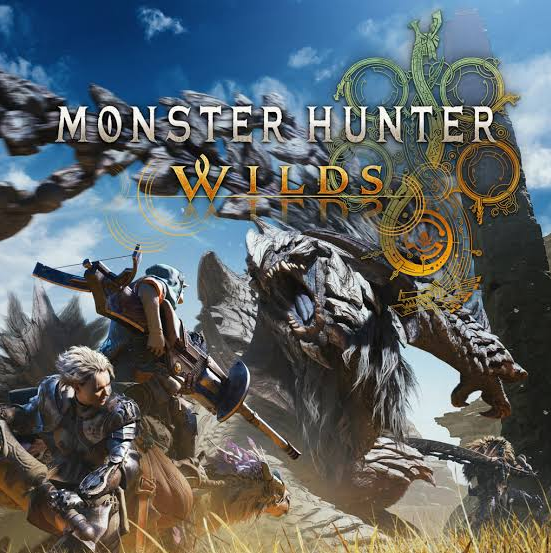
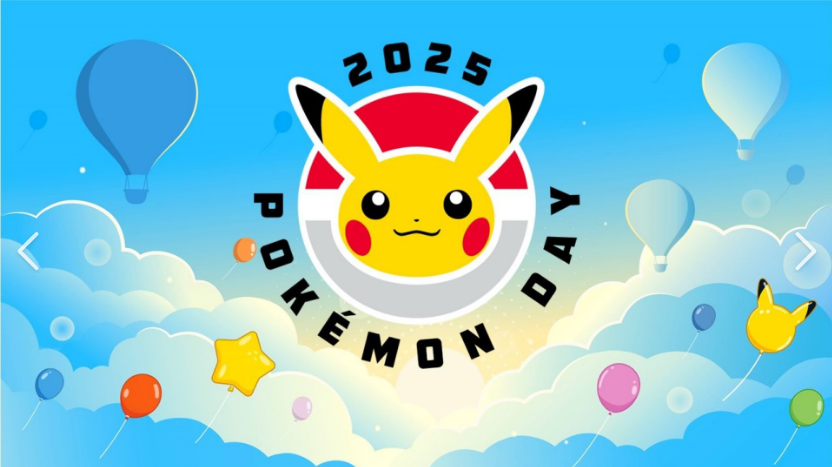
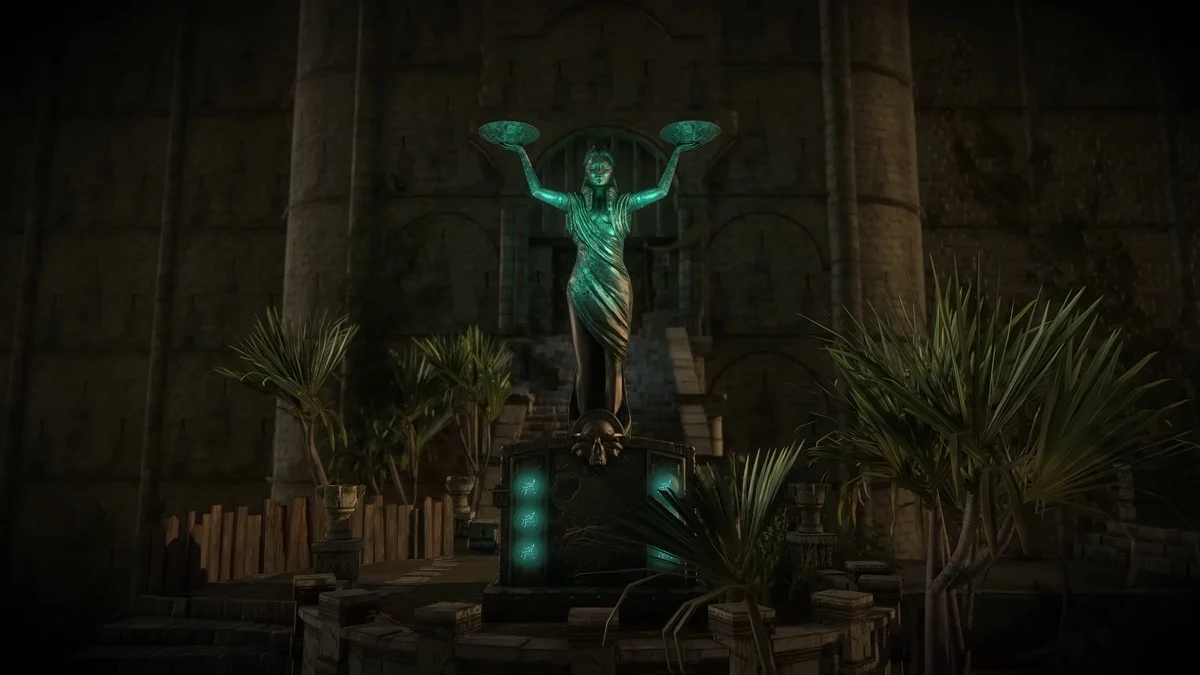
Post Comment